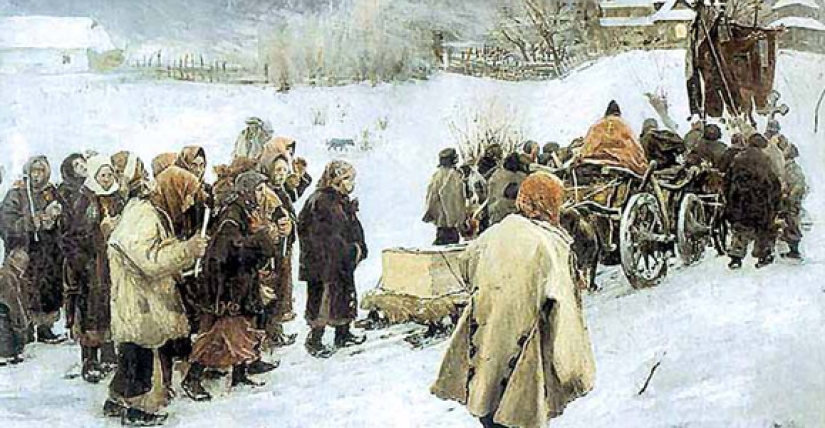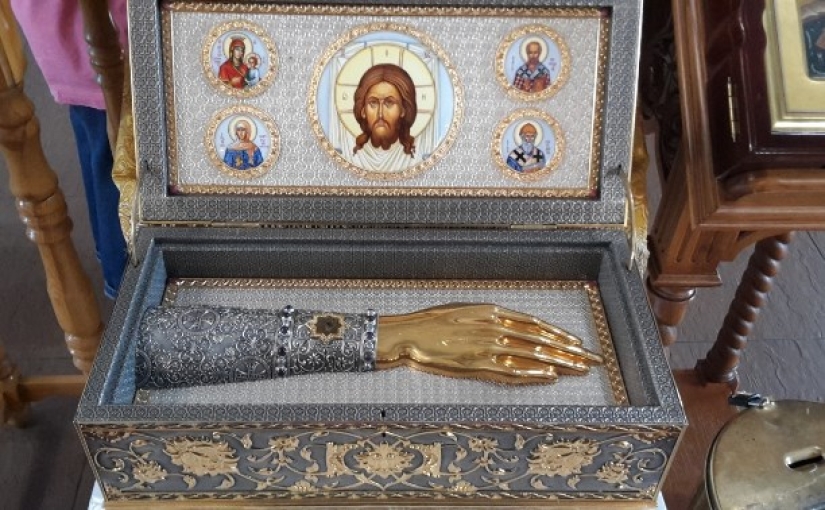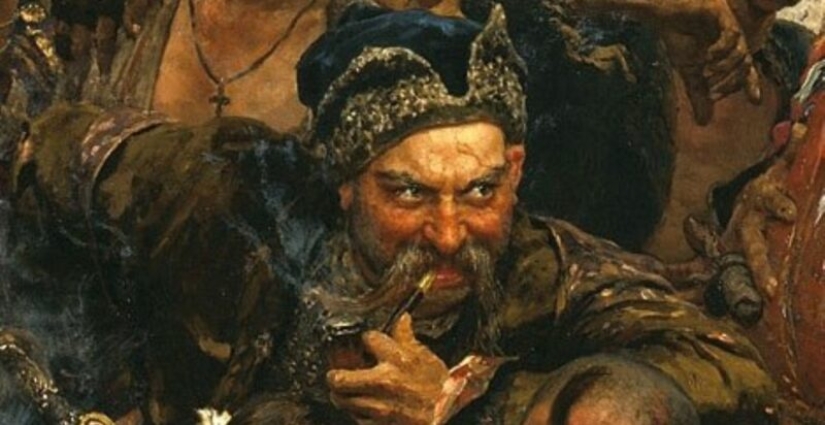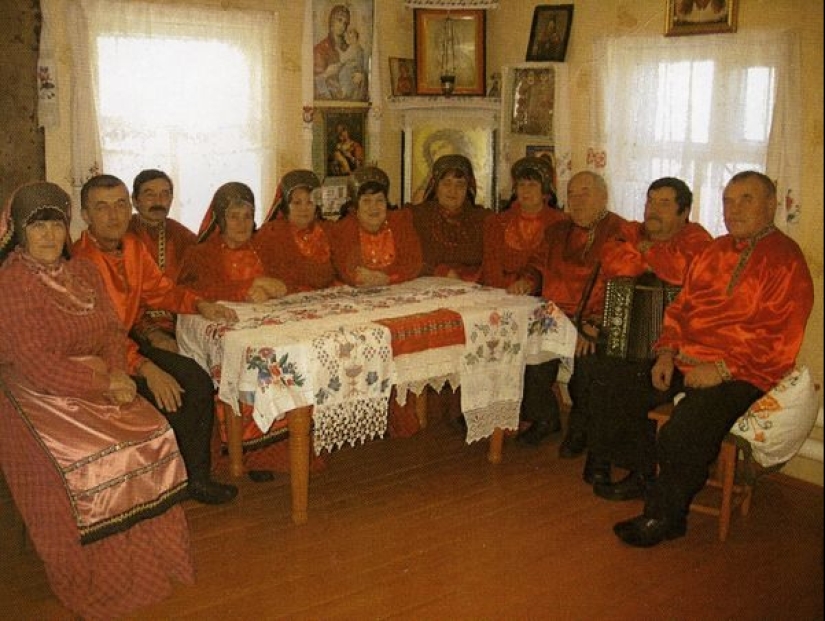Why in Russia the meeting with the funeral was a good sign
Categories: History
By Pictolic https://pictolic.com/article/why-in-russia-the-meeting-with-the-funeral-was-a-good-sign.htmlToday, having met the funeral, few people feel positive emotions. Many even believe that this event can cause trouble and therefore avoid going or going to meet the funeral procession or crossing its path. But this was not always the case — our ancestors, with all their superstitions, treated funerals and specifically the dead more simply and did not avoid them at all.


In the dictionary of Vladimir Dal, who was a great connoisseur of not only Russian literature, but also customs, there is a mention that a meeting with a deceased person is good luck. But for the funeral to be useful, it was necessary to behave correctly. You can not cross the road of the procession or get ahead of it, moving in the same direction.

The relics of saints are the dead and parts of their bodies, which were not only not avoided, but on the contrary, they tried their best to see, and if they were lucky, then to touch. The custom of venerating relics was introduced on The Second Council of Nicaea in 787. Patriarch Theodore of Jerusalem declared that "the remains of saints who exude various benefits to the infirm, pour out fragrant myrrh and drive away demons" are a gift of the Lord and should be appreciated.

The invincible Zaporozhye ataman Ivan Sirko bequeathed to his Cossacks after his death to cut off his hand and take it with him in all campaigns and battles. According to legend, even during his lifetime, Sirko's hand was invulnerable and even Turkish sabers left only small bruises on it. The brothers fulfilled the will of the ataman, and in battle the hand was always in front, attached to a special shaft. Seeing the hand of a man who was considered a sorcerer, and hearing the cry "The soul and the hand of Sirk are with us!", the Turks often simply fled.

Representatives of some peoples not only did not try to protect their homes from the visits of deceased relatives and friends, but, on the contrary, invited them to visit. Nagaibaks are a small nation of the Southern Urals, for a long time they have been annually arranging a holiday for the dead. They slaughter cows, set the tables and invite the dead to share a meal with the living. In houses, windows, doors and gates are opened wide so that "dear guests" can enter. This custom is designed to ensure good luck for the whole year.

The Slavs have a Maslenitsa funeral, during which an effigy of this character is burned — an integral part of the Maslenitsa Week. This rite is intended to purify all those present from the influence of evil spirits and symbolizes renewal. Often, old clothes, unnecessary household utensils and even furniture are thrown into the fire burning around the stuffed animal with laughter and jokes. These symbolic "funerals" are always accompanied by fun, dancing and games.
As we can see, our ancestors associated with the dead and burial not only a negative, but also a lot of positive moments. If you approach the question correctly, you can benefit even from the most sad phenomenon, or at least see a good sign in it.
Keywords: Coffin | Dead | Funeral | Omens | Ritual | Ceremony
Post News ArticleRecent articles

Most of us think that the color of the eggshell does not play any role and it is possible not to pay attention. But it's not and ...

The more we rely on technology, the more potential power hackers gain over us. It doesn't matter if their goal is to help or cause ...
Related articles

Michael Sherwood and his son Kyle from Cleveland, United States — the owners of a specific family business. They belongs to a ...

Dental clinic in our days — it's not cheap, but available for each institution. Today, dentists use modern equipment and ...

Most researchers of the life of Tsar Peter I believe that it was buried soon after death, according to Christian tradition, in the ...

Creating a good portrait is one of the most difficult tasks for any photographer. In order to make a really natural and memorable ...